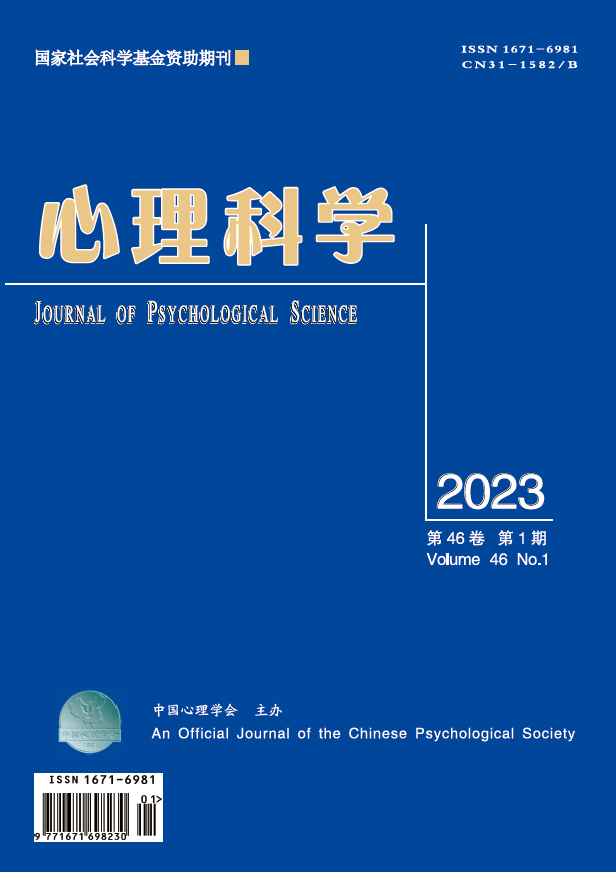|
|
A Longitudinal Study of Self-esteem, Hope, and Depression Symptoms in Older Adults
Dou JIN Baoshan Zhang Qing-Xiu DANG Heyating Zhang
2023, 46(1):
90-96.
At present, aging population has become a serious social problem in China. As a special group in society, older adults are prone to have depression symptoms due to their changing social status, deteriorating health and economic difficulties, which is detrimental to their physical and mental health. Depression symptoms are a risk factor for a variety common diseases in older adults and can lead to suicidal behavior. Individuals’ negative evaluation of themselves, such as the defective and worthless feelings, which is an important cause of depression symptoms. Self-esteem refers to positive or negative attitudes toward oneself. People with high levels of self-esteem have higher levels of self-identification, can think positively of themselves, and pay more attention to positive emotions, thus having fewer depression symptoms. Many cross-sectional studies have showed that self-esteem was negatively correlated with depression symptoms. Nonetheless, few studies have used longitudinal designs to explore the internal mechanisms between self-esteem and depression symptoms. What’s more, hope is proved to be an important variable closely related to self-esteem and depression symptoms, which may affect the relationship between self-esteem and depression symptoms. High levels of self-esteem can cultivate the confidence of individuals to deal with difficulties and solve problems, so that they can get satisfaction from success and promote the levels of hope. In addition, when individuals have a high levels of hope, they can not only conceptualize multiple ways to achieve their goals, but also find new ways to solve problems when faced with difficulties, thereby reducing the negative emotions and experiences brought about by depression symptoms. Nevertheless, the internal mechanisms between self-esteem, hope, and depression symptoms in older adults remains unknown. Based on these, the aim of this study is to test the relationship between the three variables of older adults.
The current study used a longitudinal design to explore the mediating role of hope between self-esteem and depression symptoms. A total of 281 older adults in Xi 'an, Shaanxi province, were recruited, including 86 males and 195 females. All participants completed measure of self-esteem, hope, and depression at baseline, 6 months, and 12 months later. The collected data were analyzed using SPSS25.0 and Amos23.0. Correlation analyses showed that self-esteem and hope were significantly negatively correlated with depression symptoms in the older adults, while self-esteem and hope were significantly positively correlated with each other. Moreover, hope played a mediating role between self-esteem and depression symptoms. Specifically, self-esteem positively predicted hope after 6 months later, which further negatively predicted depression after 12 months later.
This study has theoretical and practical significance. In theory, this study explores the longitudinal relationship among self-esteem, hope, and depression symptoms in the older adults and emphasizes the mediating role of hope. The findings complement and enrich previous studies that emphasized the direct role of self-esteem in depression symptoms, and reveal the positive role of hope in depression symptoms. In practice, the results of this study provide new ideas for alleviating the depression symptoms of older adults. Interventions aim at alleviating depression symptoms in older adults should pay attention to promoting their hope.
Key words older adults, self-esteem, hope, depression symptoms
Related Articles |
Metrics
|

